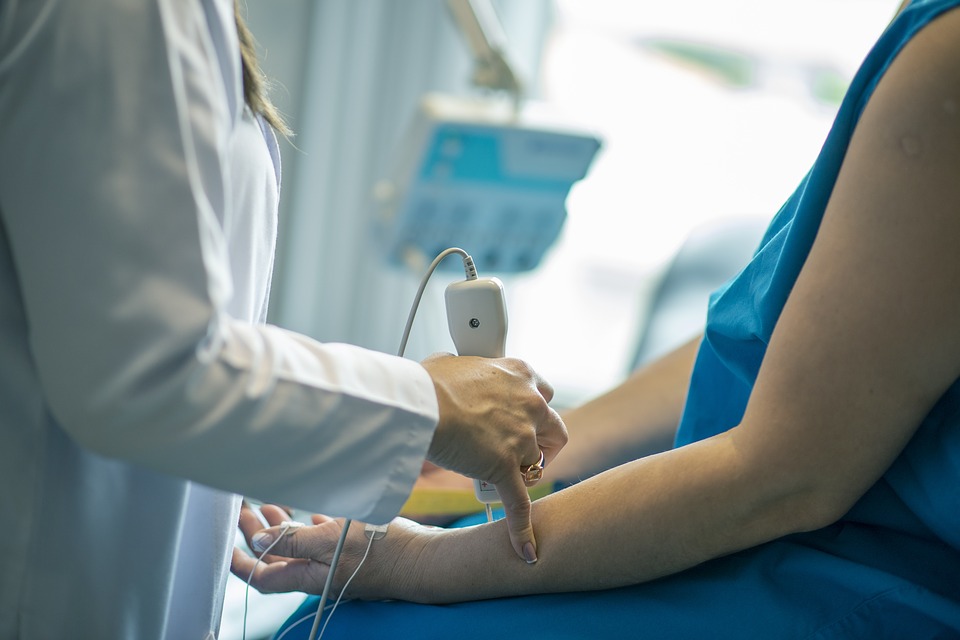“Studies show that the 5 to 10 years leading up to menopause is when women are most susceptible to bone loss”
According to the International Osteoporosis Foundation, more than 44 million Americans age 50 and over have been diagnosed with either osteoporosis or low bone mass, the two major contributors to bone fractures. Although a certain percentage of bone lost every year is expected as we age, the rate of bone loss can increase considerably after the age of 35, especially for women.
Studies show that the 5 to 10 years leading up to menopause is when women are most susceptible to bone loss. During the female climacteric (menopause), most women will develop osteoporosis as a result of a drop in estrogen levels along with other menopausal symptoms. In this article, we will explore menopause and osteoporosis risk as women enter this climacteric stage in their lives.
WHAT TRIGGERS BONE LOSS DURING MENOPAUSE?

Generally speaking, the drop in estrogen levels during the climacteric change in a woman’s life often precipitates osteoporosis or worsens the condition for those who have already developed the disease as a result of age. To help put this into context, women can lose as much as 25 percent of their bone density after starting their female climacteric, according to the National Institute of Health.
It is important to note that osteoporosis can also be a byproduct of having your ovaries removed to minimize the risk of ovarian cancer. In light of this information, it is easy to understand why bone loss following the end of a woman’s reproductive capacity is a concern for most women as it can quickly affect their overall quality of life.
SIGNS AND SYMPTOMS OF OSTEOPOROSIS
Some of the more notable symptoms of menopause and osteoporosis include back pain, loss of height, a curved spine, changes in posture, and fractures, impacting the wrist, spine, and hip, which can all be very painful. In addition to these severe symptoms, there are some subtle tell-tale signs that may point to osteoporosis as well including
- Brittle nails
- Loss of grip strength
- A Decline in physical fitness
- Receding gums
“regular dental exams can help detect menopause and osteoporosis risks early”

Like most diseases, the best treatments are available when osteoporosis is diagnosed early on. That said, it is a good idea to schedule regular health exams that include bone density tests, especially if you’re over the age of 50 and have already started your female climacteric journey.
After all, accelerated bone loss following the onset of female climacteric is not uncommon. Also, because receding gums is one of the tell-tale signs of a climacteric change in a woman’s life, regular dental exams can help detect menopause and osteoporosis risks early as well.
PREVENTION AND TREATMENTS
The best time to take steps toward preventing osteoporosis is while you’re still young and before bone loss ever begins. For example, you should make it a point to get your recommended daily intake of vitamin D either from sun exposure or from food sources. The same applies to calcium, which also promotes strong bones while offering protection against diabetes, cancer, and high blood pressure. If you smoke, you now have one more reason to quit.
Studies show that smoking can significantly increase your risk of developing osteoporosis. Lastly, performing weight-bearing exercises not only strengthens existing bone tissue but also stimulates the cells that make new ones. Beyond that, these exercises can help you build long, lean muscle that can further improve bone integrity and ease menopause and osteoporosis symptoms.
WHEN TO SEE YOUR DOCTOR?
“osteoporosis that goes untreated can result in severe fracture, especially in the hip and spine”
If you are experiencing any of the symptoms detailed in this article, you should be seen by a physician as soon as possible to minimize menopause and osteoporosis risks.

According to womenshealth.gov, which is part of the U.S. Department of Health and Human Services, osteoporosis that goes untreated can result in severe fracture, especially in the hip and spine. Studies also show that one in three women will experience a fracture stemming from osteoporosis in their lifetime.
While any fracture is cause for concern, a hip fracture can severely compromise mobility and may require surgery. Scheduling an appointment with your physician can mitigate such a risk as your physician will be able to prescribe osteoporosis medication or recommend over-the-counter treatments that can help improve your bone health. Furthermore, your physician will be able to address other menopause and osteoporosis symptoms that you may be experiencing as well.
Sources & References:
www.algaecal.com/osteoporosis-treatment/symptoms/





















